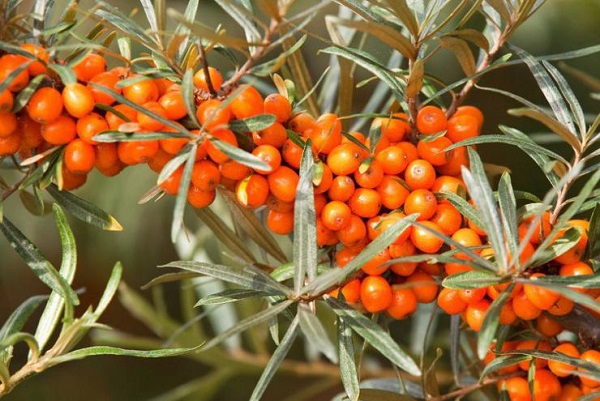Wound healing: wound care.
Inflammation will be removed and blood will stop.
To begin with, if you hurt your hand in the garden, in the field or in the woods, then you need to use the first tool at hand.
Often, such a tool is your own urine. She will remove the inflammation and stop the blood.
Of herbs, it is good to use a plantain leaf or leaf mother-and-stepmother. These leaves are large and soft. Attach the sheet to the wound, press it. Hold for a few minutes. Then lift the leaf — if the wound still covers, then hold this sheet pressed for a while.
I often firstly grease the wound with saliva. Then I will attach a leaf of a plantain or a mother-and-stepmother and press it. From this, both inflammation and pain pass. I will note that the cat’s foot stops blood better than all plants, however this plant is not widespread.
The grass will heal.
To heal suppurating wounds, you need to use more than one
plant, and a mixture of wound healing herbs.
For example, make a collection of equal parts of the horsetail, chamomile and St. John’s wort perfumed.
2 tbsp. spoon collection pour a glass of boiling water. Insist before cooling, strain. With this infusion, rinse the wound 2-3 times a day. And even better to do with this infusion of lotions. And at night make sure to make a fresh lotion. If the abrasion is large, then soak the soft rag in the wound healing broth. Squeeze well and only then put on the wound. That is, stick to the principle: we put the wet on the wet one.
Of the widely known and affordable plants for lotions, you can use yarrow, bed, St. John’s wort, letter, birch leaves.
A decoction of the roots or grass comfrey, as well as a sheet of mug and a decoction of this plant.
If the abrasion is festering, we increase the immunity.
There are abrasions that are difficult to heal. It happens that an unhealed abrasion begins to fester. Especially often this happens in the elderly. They have weakened immunity.
In this case, grasses-adaptogens will be of great use: Aralia Manchurian, Eleutherococcus, Leuzea, Zamaniha, Ginseng, Rhodiola rosea. Tinctures of these plants are sold in the pharmacy. Buy one of them and take 15-20 drops 2 times a day. Take only in the morning (until 5 pm).
Oily solutions. wound healing: wound care.
The aqueous solution strongly dries the skin. Therefore, for oil wounds on the face (and on the arm, on the leg — anywhere), it is good to use an oil solution. Effectively heals the wounds of St. John’s Wort oil. I think that it should always be at hand in the home medicine cabinet.
For its preparation 5 tbsp. spoonfuls of dry herb St. John’s wort pour a glass of olive oil. Insist 3 weeks in a dark place. Strain, store in well-ukuporennoy dishes in a cool and darkened place.
For speed you can pour 5 tbsp. spoons of raw material with a glass of vegetable oil. Put this mixture in a water bath for 1 hour. Then insist about 8 hours and strain.
Well heals wounds and sea buckthorn oil. You can buy it in the pharmacy.
But if you want to make butter yourself, then 1/3 cup of sea-buckthorn berries fill with a glass of olive oil. Insist 3 weeks.
Then strain and discard the residue. From berries of sea-buckthorn you can make butter and fast way, as well as from St. John’s wort.
Home healers.
It is advisable to apply to the wound mashed berries of sea-buckthorn. In addition, you can use such indoor plants as aloe and calanchoe. Cut the aloe leaf across and cut the wound with a cut. Sheet Kalanchoe remember, and when the leaf will give juice, attach it to the wound and press it gently.
At home in the kitchen, you will also find healers and wounds. You can always attach a cabbage leaf to the abrasion, apply on the wound grated carrots or potatoes.

1 Comment
Add a Comment